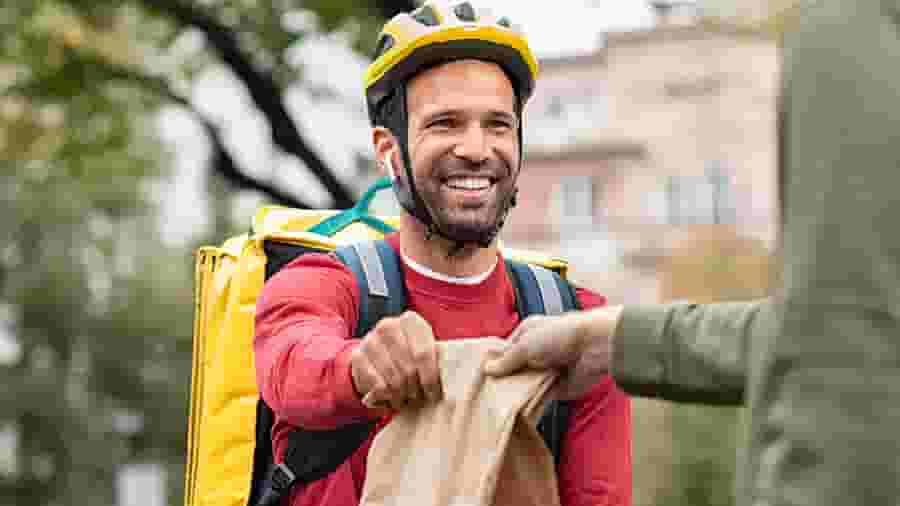Uber Eats partners with a wide range of restaurants and fast-food chains, from local independent eateries to well-known chains like McDonald's, KFC, and Subway. Customers can browse the menus of restaurants in their area using the Uber Eats app and place an order for delivery or pickup.
Uber Eats operates in more than 600 cities globally and is available in Australia, where it partners with local restaurants in Sydney, Melbourne, Brisbane, Perth, and other major cities to provide its food delivery services. Overall, Uber Eats has become one of the most popular food delivery services in many countries around the world.
Pre-pandemic, Australians were spending over $1,500 each annually for food delivery. That number grew due, in part, to the COVID-19 pandemic. With more choices than ever before, Aussies spend billions on takeaways through Uber Eats, Menulog, DoorDASH, and similar platforms.
In Australia, the pay rate for Uber Eats delivery drivers ranges from $20 to $40 per hour, with an average earnings of $30 per hour for Uber Eats drivers in Australia.
With that increase in demand, there has been a greater need for food delivery drivers. And like any activity or position that generates income, there are tax implications to consider. If you are a food delivery driver through a platform like Uber Eats, then here's what you need to know about income reporting and tax lodgings.















